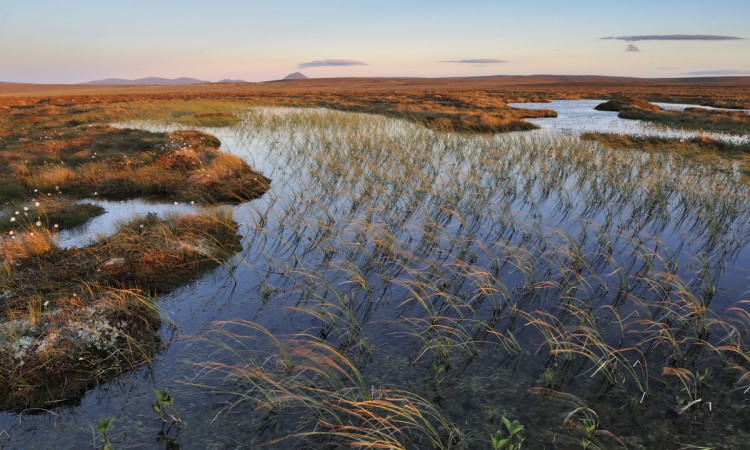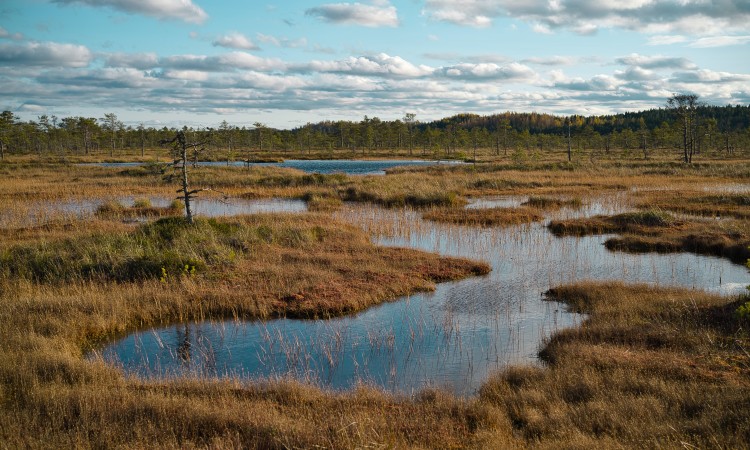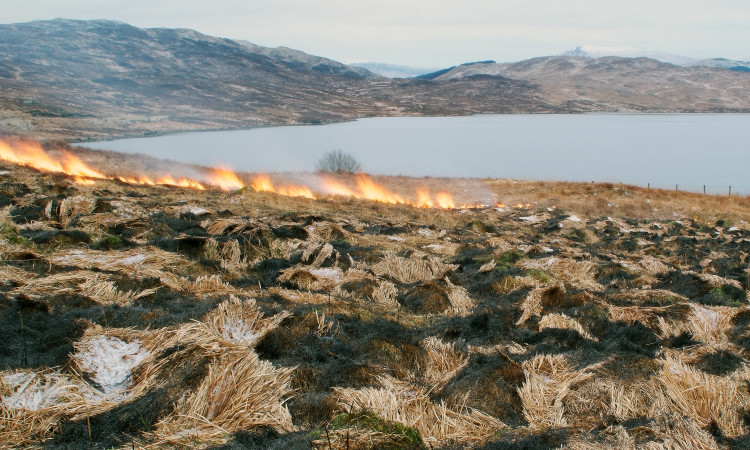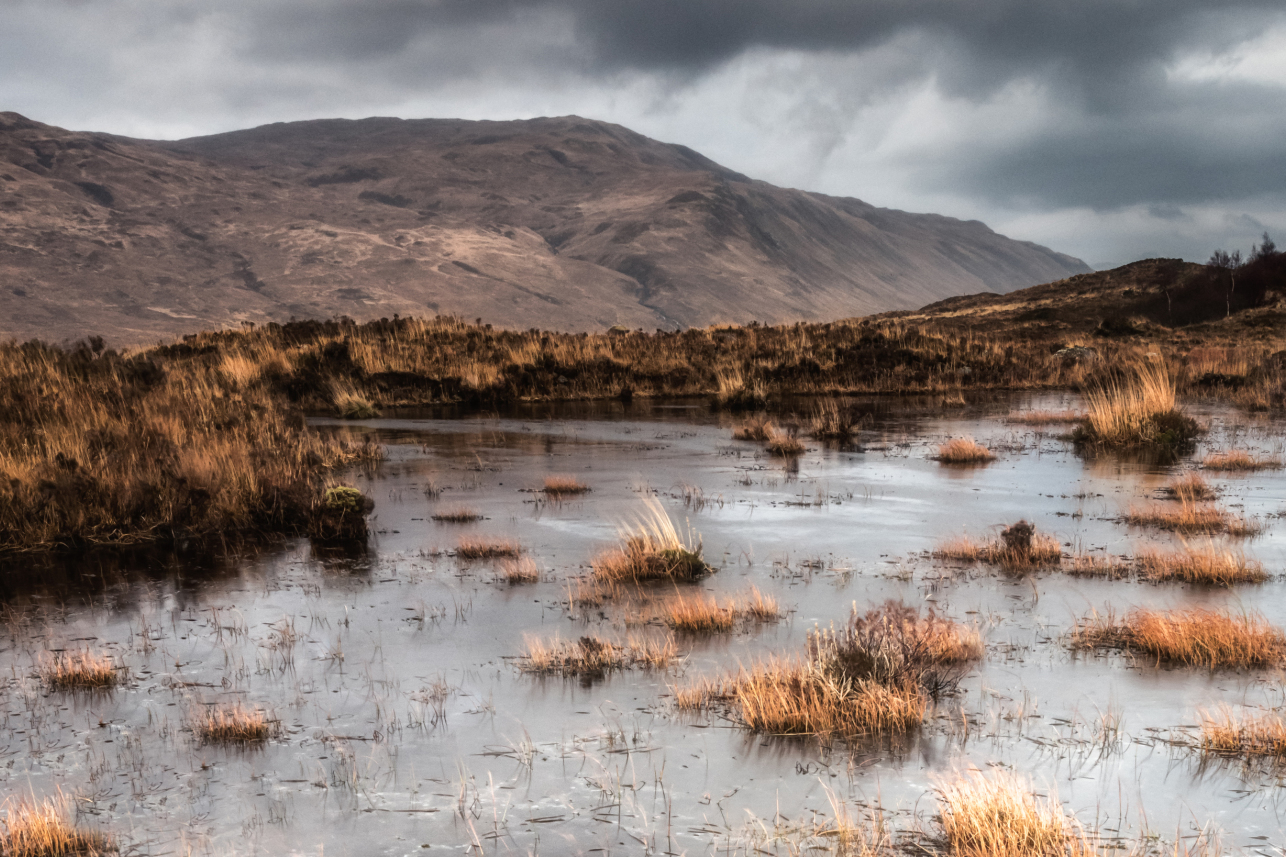Published:
7 Apr 2022
The birth and death of a bog
Five revealing insights about where bogs come from... and five on the damage done to peatlands over centuries
^Harju County, Estonia, Maksim Shutov | Unsplash
The birth of a bog
-
Blanket bog
Blanket bog is formed over soil and rock in wet, cloudy climates, and is fed by precipitation. It can be found from Shetland to Dartmoor, from sea level to 1,000 metres. It’s acidic and nutrient poor. The Flows in Sutherland and Caithness are a great example of blanket bog. -
Human v climate
Forest clearance is likely to have contributed to the formation of blanket bog in many areas of the UK, but some bogs developed naturally 5,000 to 6,000 years ago when the climate became warmer and wetter. The complex play between human and nature is not fully understood. -
Raised bog
Raised bog is formed over bodies of water where natural drainage is restricted. The peat rises in a dome above the level of the surrounding land. It features similar vegetation to that of blanket bogs and also relies on rainfall for its water. Flanders Moss near Stirling is a raised bog. -
Fens
Fens are peatlands formed from surface or ground water as well as precipitation. They tend to be more biodiverse than bogs, boasting sedges and reeds in addition to bog mosses and cottongrass. The Insh Marshes in Speyside is a fen as are the Cambridgeshire Fens. -
It’s a slow...process
Peat accumulates at roughly half a millimetre every year so it takes about 1,000 years for 1 metre of peat to form. We should think about that before digging, draining or burning.
The death of a bog
-
Human actions
Peatlands in the UK have been damaged over centuries through drainage for agriculture, grazing, commercial forestry, harvesting for fuel and horticulture, and burning for grouse moor creation. -
Why do peatlands die?
Drained, burned and disturbed peatlands dry out causing associated plant life to die and disappear. The rich carbon soil loses its moisture and is blown away, releasing carbon into the atmosphere. New peat can’t form because there’s no vegetation. The unique ecosystem breaks down. -
Impact on water quality
Degraded peatlands reduce water quality and so add to the costs of supplying drinking water. Water runs off the dried out peat, down the hills and into our reservoirs containing particulates and dissolved heavy metals that need to be removed. -
Pumping up carbon emissions
Degraded peatlands give out carbon instead of storing it. This is true around the world. In Indonesia and Malaysia, the draining and burning of peatlands to convert to palm oil plantations has caused soaring carbon emissions, reduced the orangutan population by as much as 80% and dramatically increased wild fire risk. -
Impact on climate breakdown
Climate change is a serious threat to peatlands around the world, particularly those that are degraded. Impacts vary from region to region and include the thawing of permafrost, heightened risk of wild fires and increased emissions through the faster decomposition of plants in warmer soils.
All about Peatlands
Discover interesting facts about these waterlogged ecosystems in our useful guide
Learn more


